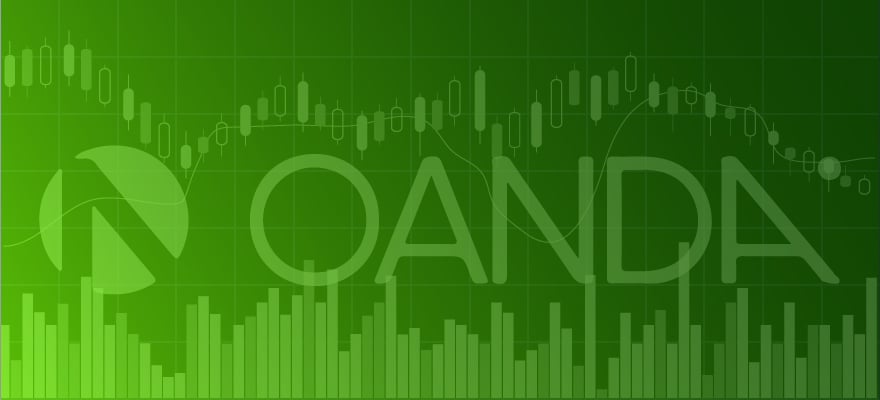The US Forex brokers profitability numbers I recently published have caused quite an uproar in the market. For the first time traders worldwide were exposed to the traders profitability (the methodology though is problematic) numbers with some of the world's leading forex brokers. However methodology used by all these brokers may have been quite different from one another and therefore rendering these numbers as incomparable. Some brokers contacted me pointing at other brokers and claiming that some of the numbers may have been gamed.
Most of the focus was on OANDA's numbers which were substantially better than other brokers'. OANDA's traders were the only ones with positive profitability numbers - 51% of its traders were profitable in Q3 2010. The distant second was GFT with only 33% profitability.
OANDA is the only broker, that I know of, that pays interest on accounts. OANDA's numbers therefore reflect profitable accounts even if those accounts were with slight loss or dormant the paid interest may have made them profitable.
Recently I was notified of the following statement OANDA posted on its website regarding its calculation methodology: "By definition from the CFTC , an account is profitable if the following formula has a value above zero: the sum of realized and unrealized gains and/or losses on all trades carried at any time during the quarter; minus fees, commissions and other charges; plus all income or rebates, including interest paid. Deposits and/or withdrawals of funds are not included."
It's important to note this because various brokers may have used various calculation methods, as I pointed out in the previous posts, and this therefore may explain some of the difference in results. I'm sure that we will see most brokers' numbers converge to a certain steady average in the next reports while the methodology becomes more clear and uniform.













